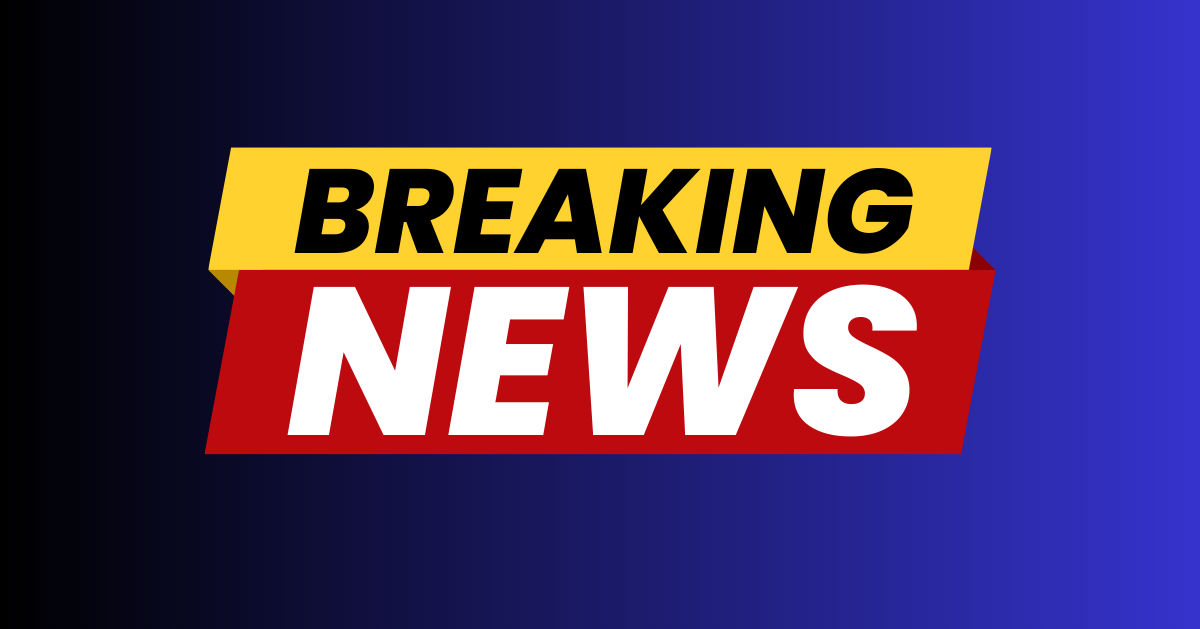Justice Gorsuch Joins Liberal Justices In Supreme Court Decision
In a surprising alignment, Conservative Supreme Court Justice Neil Gorsuch sided with the court's liberal justices in a pivotal ruling.
The Supreme Court, in a narrow 5-4 decision, maintained restrictions on new Title IX rules regarding gender identity and sexual orientation across 26 states, as Newsweek reports.
Gorsuch's decision came as the Supreme Court denied the Biden administration's emergency request to overturn a lower court's injunction on certain aspects of the Title IX regulations introduced in 2024. These regulations, reversed from previous policies under the Trump administration, were intended to extend protections to include gender identity and sexual orientation.
Understanding the Basis of the Title IX Controversy
In 2021, an executive order by President Joe Biden led the Department of Education to enhance Title IX's scope, which previously faced adjustments during the Trump era.
These adjustments particularly aimed at safeguarding rights based on gender identity and sexual orientation. However, this move sparked multiple lawsuits from Republican-led states, culminating in significant legal challenges against the Biden administration's approach.
These legal battles led to federal court injunctions, most notably through cases such as Department of Education v. Louisiana and Cardona v. Tennessee. It resulted in a patchwork of enforceability, with the new rules being halted in 26 states following these rulings.
On Friday, the Supreme Court ruled to keep these injunctions in place by rejecting the Department of Education's plea to lift them, even partially. This decision notably highlights a divided court where Gorsuch's dissenting opinion aligns him with justices typically seen as more liberal.
Justice Sotomayor's Standpoint and Advocacy Reactions
In her dissent, Justice Sonia Sotomayor argued that the lower courts had overstepped their boundaries, recommending that enforcement of most new rules should resume, except for the three specifically challenged provisions. Sotomayor’s perspective reflects a broader judicial conversation about the administration's authority in civil rights matters.
Responses from various advocacy groups surfaced quickly, pointing to the significant impacts of the Supreme Court's decision. The Department of Education expressed determined support for the 2024 Title IX regulations despite the court's rejection.
"While we do not agree with this ruling, the Department stands by the final Title IX regulations released in April 2024, and we will continue to defend those rules in the expedited litigation in the lower courts," a DOE spokesperson stated.
Human Rights Campaign's Cathryn Oakley condemned the court's decision as advancing "far-right" agendas, emphasizing the importance of non-discriminatory access to public education for all students.
The Immediate Impact on U.S. Schools
While the injunction affects 26 states, the remaining states are required to adhere to the new 2024 Title IX regulations. This creates an uneven regulatory landscape across the country, where students' rights under Title IX may vary significantly based on geographic location.
Tennessee Attorney General Jonathan Skrmetti hailed the Supreme Court's decision as a victory for "student privacy, free speech, and the rule of law." His comments reflect the views of those who see the regulations as overreaching.
Conversely, the ACLU's Ria Tabacco Mar criticized the decision as a direct attack on transgender individuals, vowing continued advocacy for equitable educational environments. "Attacking trans people does nothing to address the real problems women and girls face," Mar stated, highlighting the ongoing struggle for equality.
Long-Term Implications and Historical Context
The Supreme Court's decision not only reflects current judicial perspectives but also ties into broader historical shifts, as Gorsuch had previously supported expanding protections under Title VII to include gender identity and sexual orientation. This underscores the complexity and evolving nature of civil rights protections under U.S. law.
The immediate effect on schools and students varies, emphasizing a fragmented approach to civil rights protections depending on state-level decisions. As legal battles continue, schools across different states face differing compliance obligations, impacting the educational landscape.
The ongoing legal disputes likewise underscore the contentious nature of civil rights law and policy in the contemporary United States, challenging the consistency of legal protections for marginalized groups.
In conclusion, the Supreme Court's recent decision has significant implications for the application of Title IX in various states, highlighting a deep judicial divide. Advocacy efforts and further court rulings will continue to shape the policies affecting gender identity and sexual orientation in education.
Legal analysts and educators alike will be watching closely as this legal saga unfolds, influencing the enforcement and scope of civil rights protections in the educational sector.



